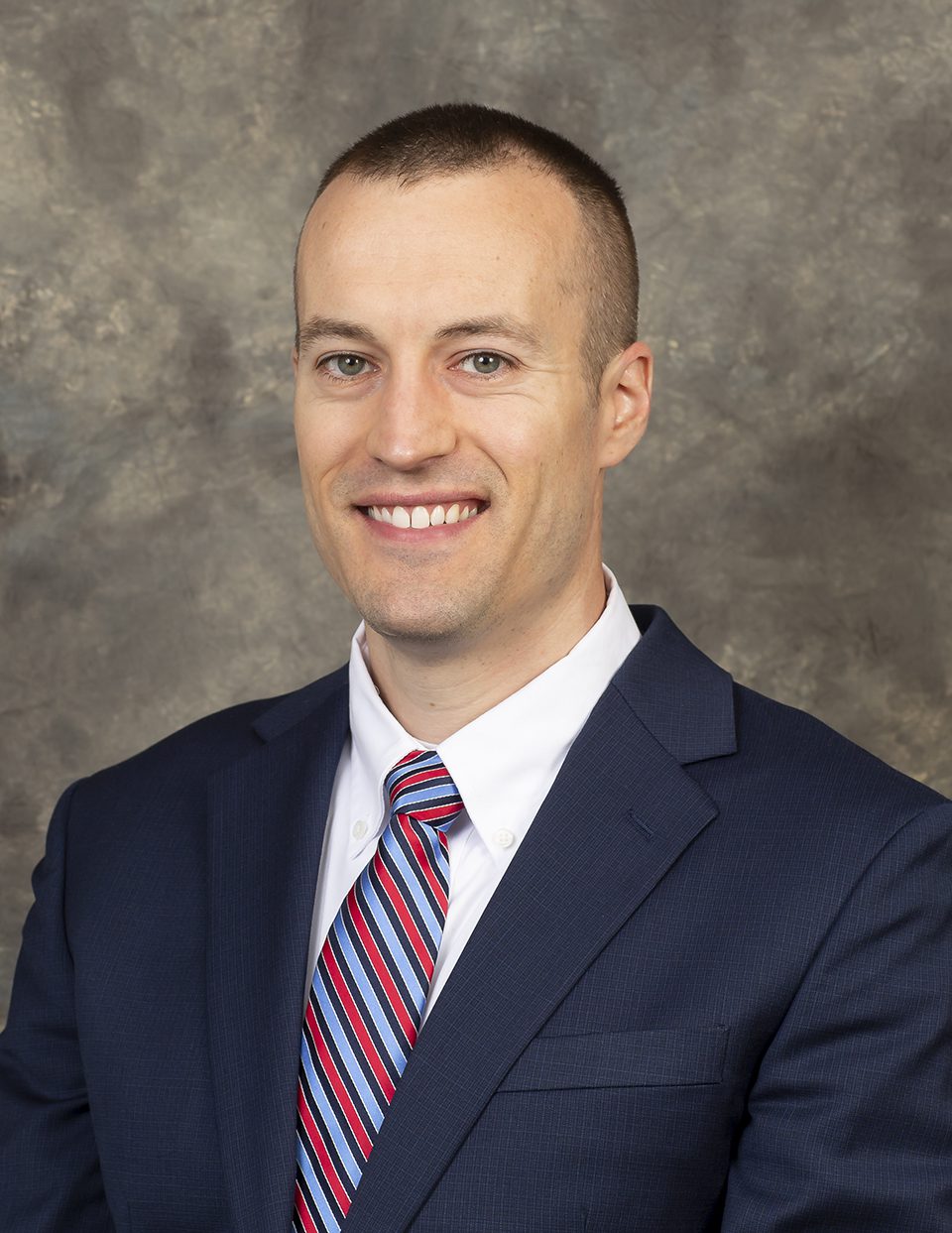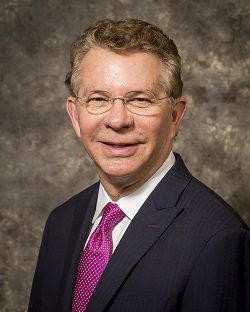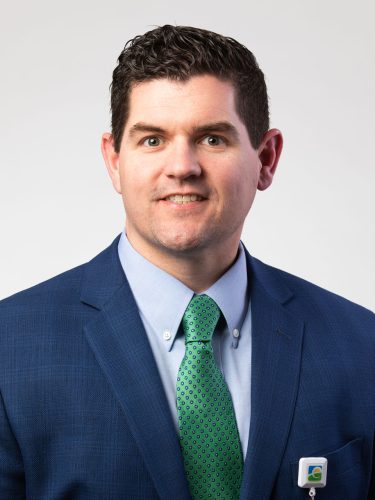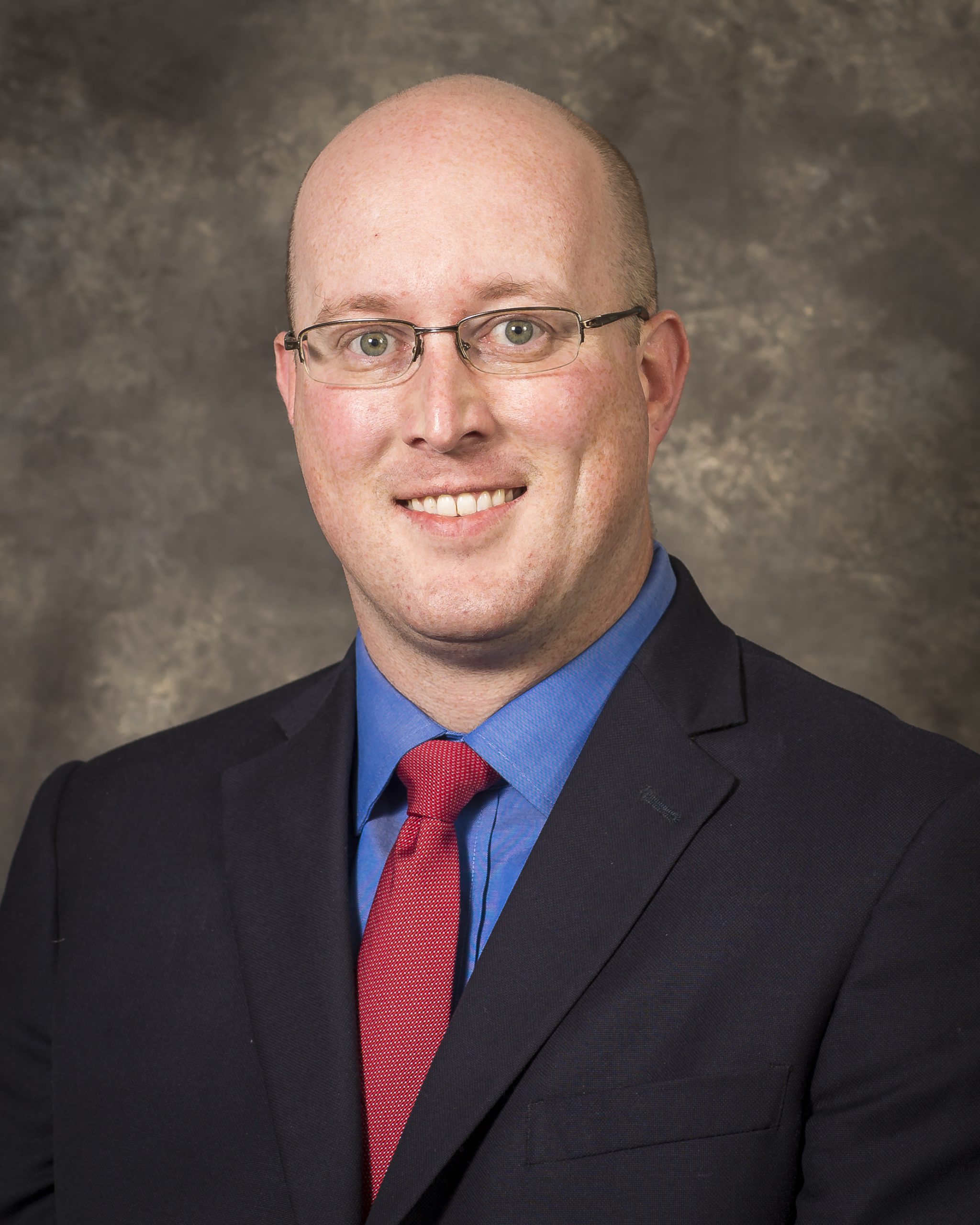Shoulder Replacement Recovery
Shoulder replacement surgery is your first step to being able to do simple things like lift and push again, with less pain. After surgery, it’s your turn to take the lead on your road to recovery. Joint replacement is major surgery, but when you commit to putting in the effort and time to rehabilitation, you’ll recover, get stronger and enjoy the benefits of your new joint for years to come.
Your Recovery Timeline After Shoulder Replacement
Typically, your hospital stay after shoulder replacement is one to two nights. When you do go home, you’ll need someone at home to help you for several weeks.
You’ll begin wearing a sling right after surgery and will need it for the next several weeks. While you’re in the hospital, rehabilitation specialists will show you simple exercises to do for the first 7-10 days. Otherwise, you will need to protect your shoulder joint by wearing the sling at all times and not using your arm. After your follow-up visit, you’ll start outpatient rehabilitation, which can last for 2-3 weeks.
Overall, how quickly you recover varies, depending on which shoulder replacement option is right for you. The rotator cuff-sparing method allows the surgeon to replace the joint without cutting any of the muscles or tendons of the rotator cuff, so recovery is faster. Your health and activity level before surgery will play a role in your recovery too. The St. Elizabeth Orthopaedic team will discuss your customized treatment and recovery plan with you during your pre-surgical appointment.
Outpatient Rehabilitation Locations
St. Elizabeth Healthcare has 13 outpatient rehabilitation centers located conveniently throughout Northern Kentucky and Southeastern Indiana. You’ll work with rehabilitation specialists who’ve helped hundreds of people like you and who are committed to helping you return to an active life.

Learn More
If surgery is necessary, our physicians can provide a referral to one of our affiliated orthopedic surgeons. For more information on surgical options, please contact us at askortho@stelizabeth.com.
Shoulder Replacement – FAQs
Shoulder replacement is major surgery. If it’s an option you’re considering, you probably have lots of questions. The Orthopaedic team at St. Elizabeth Healthcare, which includes affiliated orthopaedic surgeons from OrthoCincy Orthopaedics & Sports Medicine, are here to answer all your questions. We want you to understand what shoulder replacement surgery involves, what you can expect during recovery and how shoulder replacement will impact your life. These are a few questions we frequently get from people considering shoulder replacement surgery.
Contact Us
Is your shoulder pain bothering you?
Schedule an appointment with our Sports Medicine physicians for a treatment plan tailored to you. Call (859) 212-5600 to make an appointment.
Surgical Options
If surgery is necessary, our physicians can provide a referral to one of our affiliated orthopaedic surgeons. For more information on surgical options, please contact us at askortho@stelizabeth.com.










